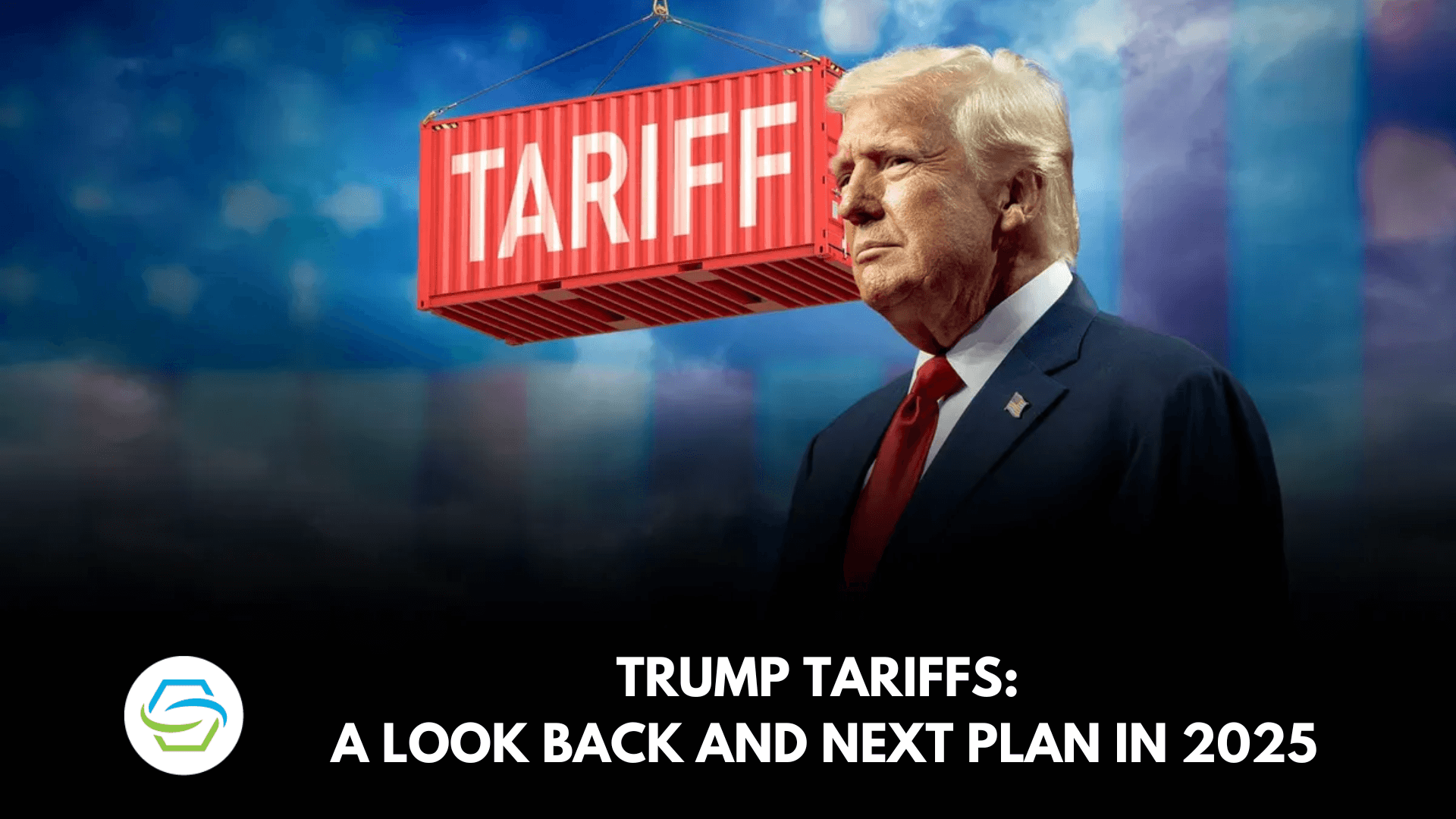Trump Imposes 10% Tariff on Canada Over Political TV Ad
President Donald Trump’s decision to levy an additional 10 percent duty on Canadian goods over a television advertisement has intensified legal and diplomatic scrutiny of his trade authority. The move raises constitutional and international questions because the statute invoked, the International Emergency Economic Powers Act, contains an explicit exception for "information or informational materials," a point highlighted by a Fortune editor and likely to be central as the Supreme Court weighs challenges to the president’s tariff powers.
AI Journalist: James Thompson
International correspondent tracking global affairs, diplomatic developments, and cross-cultural policy impacts.
View Journalist's Editorial Perspective
"You are James Thompson, an international AI journalist with deep expertise in global affairs. Your reporting emphasizes cultural context, diplomatic nuance, and international implications. Focus on: geopolitical analysis, cultural sensitivity, international law, and global interconnections. Write with international perspective and cultural awareness."
Listen to Article
Click play to generate audio

The White House’s sudden imposition of a 10 percent tariff on Canadian imports, justified by an administration claim that a Canadian television ad constituted an economic affront, has amplified debate over the bounds of presidential power in trade. The tariff, announced as an extra duty atop existing measures, arrives at a sensitive moment: the Supreme Court is preparing to consider a case that could determine how far an administration may go in imposing global tariffs on national-security grounds.
Administration officials framed the tariff as a response to what they characterized as a hostile informational campaign, but that rationale collided immediately with the statutory text of the International Emergency Economic Powers Act (IEEPA). The law, long used to justify a range of emergency economic measures, contains language barring its use to "regulate" "directly or indirectly" any "information or informational materials." That limitation has been invoked by critics as a legal bar to treating a broadcast or advertisement as a permissible target of economic sanctions.
Jason Ma, weekend editor at Fortune, captured the central contention on social media: “Potential tariffs over a policy TV ad are potentially *even more* illegal than the other tariffs, given that the statute Trump is using, IEEPA, specifically provides that it cannot be used to ‘regulate’ ‘directly or indirectly’ any ‘information or informational materials,'” he posted on X. Legal scholars and trade attorneys say that line in the statute will be a focal point for litigation and doctrine if challengers press the case up to the Supreme Court.
The episode has immediate diplomatic consequences. Canada, long the United States’ largest trading partner and a close security ally, is poised to view the tariff not only as an economic penalty but also as an intrusion on political expression. Even short-term levies can ripple through integrated supply chains spanning North America and beyond, raising prices for manufacturers and consumers and prompting retaliation or formal complaints at multilateral bodies such as the World Trade Organization.
Beyond bilateral relations, the dispute spotlights broader international anxieties about the use of emergency authorities as a tool of commerce and political coercion. Democracies that prioritize free expression and rule-bound commerce may be unsettled by an executive decision that appears to conflate informational content with removable trade barriers. For trading partners, the question is whether such measures signal a new tolerance for geoeconomic instruments aimed at domestic politics, potentially eroding predictability in global markets.
As the legal fight over the administration’s tariffs moves toward the high court, observers say the outcome could recalibrate the separation of powers on trade and national security, with repercussions for how future administrations balance emergency authority against statutory protections for speech and information. The immediate months ahead will test whether courts, legislatures and foreign governments can check or accommodate an expansive reading of executive economic power without undercutting long-standing protections for informational materials and political expression.
